The Path to the Elimination of Onchocerciasis in the Americas
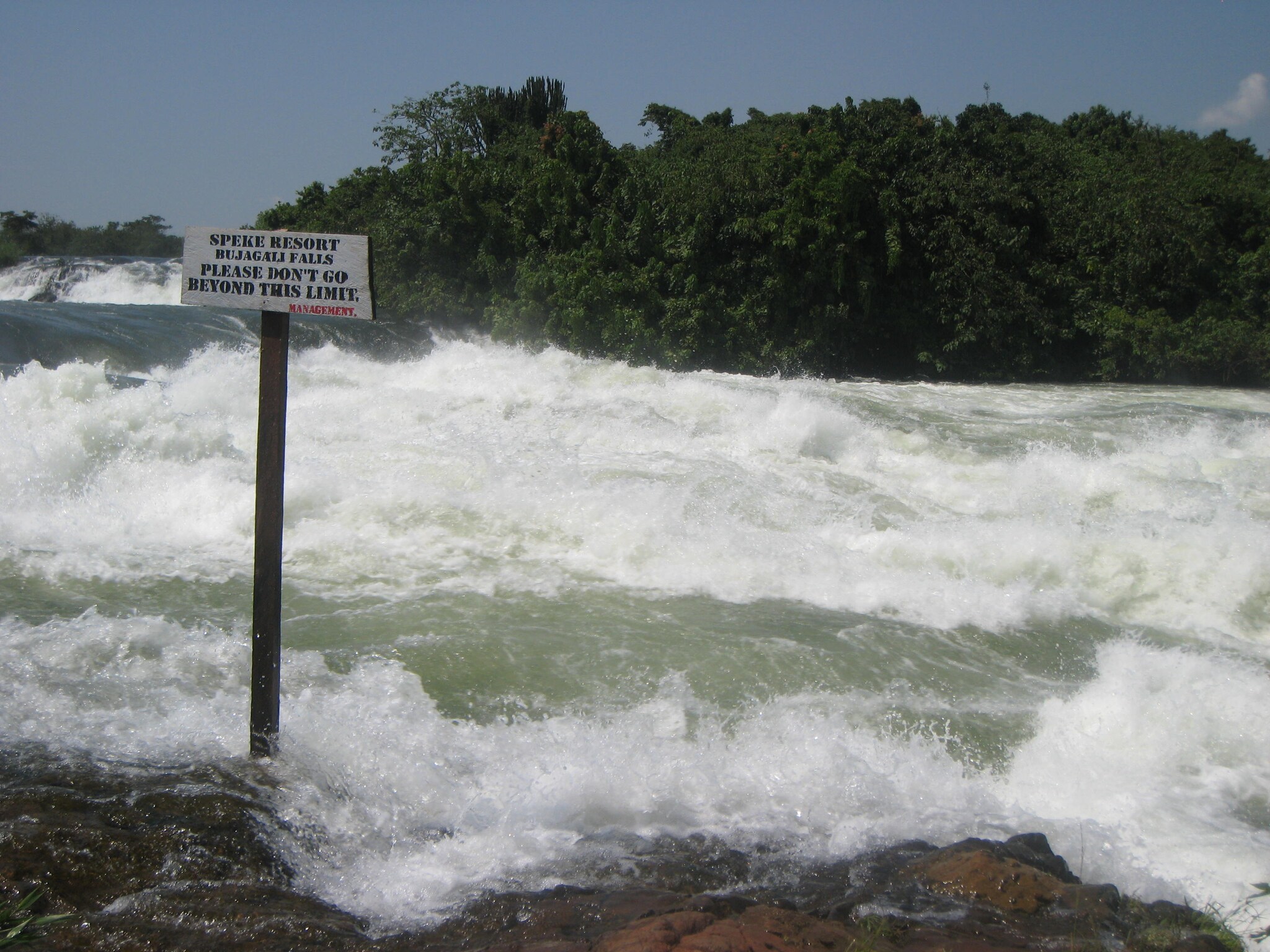
Onchocerciasis is also known as River Blindness because the blackfly that transmits the infection lives and breeds near fast-flowing streams and rivers like the one shown here in Uganda, and the infection can result in blindness. In addition to visual impairment, onchocerciasis causes skin disease, including nodules under the skin or debilitating itching.
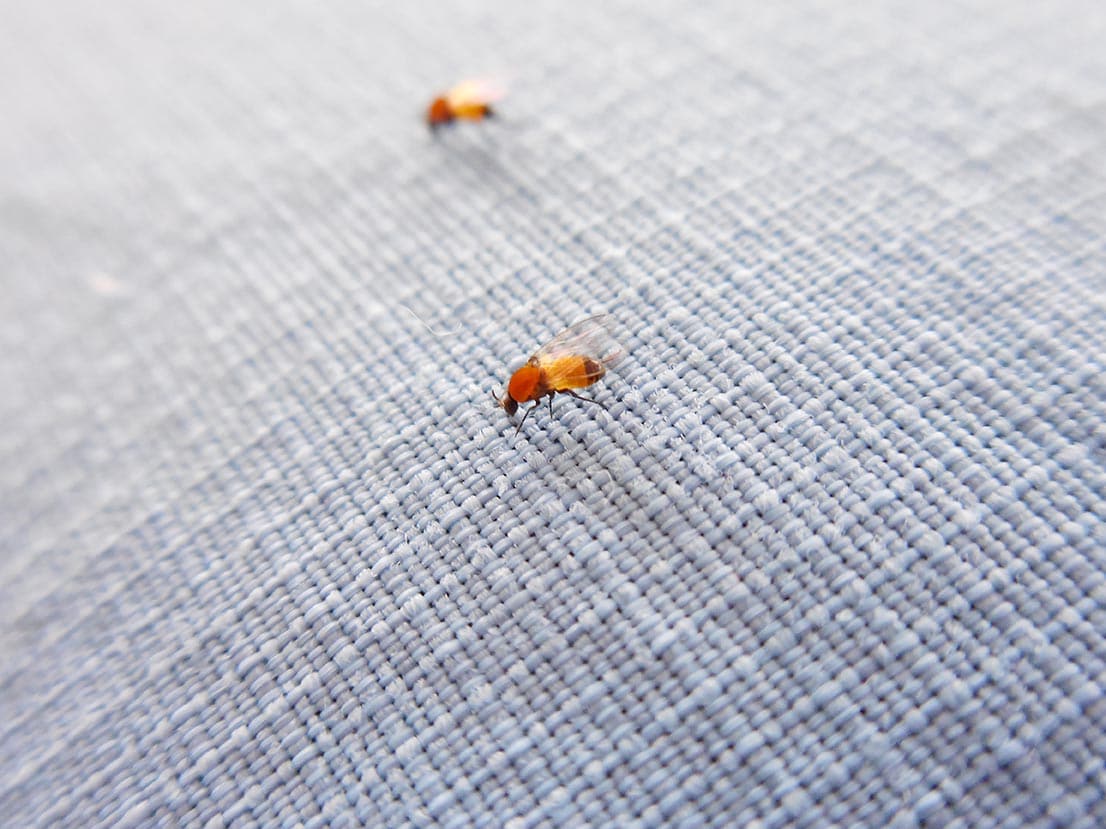
The parasite that causes onchocerciasis is spread by repeated bites of infected Simulium blackflies. Shown here are blackflies attempting to bite through the shirt of a CDC microbiologist on a trip to Guatemala.
Onchocerciasis, or river blindness, is a Neglected Tropical Disease (NTD) caused by a parasitic worm called Onchocerca volvulus, transmitted through the repeated bites of blackflies. The disease, which is also present in many parts of Africa, previously was endemic—or present—in six countries in the Americas: Brazil, Colombia, Ecuador, Guatemala, Mexico, and Venezuela. At that time, 500,000 persons in the Americas were at risk of blindness. In 1991, the ministries of health in those six countries adopted a resolution to eliminate the disease as a public health problem and to reduce blindness caused by the disease.
The initial strategy to reduce blindness called for mass treatment of people in the endemic areas one time per year with ivermectin (brand name Mectizan) donated by Merck & Co. Inc. Once the Onchocerciasis Elimination Program for the Americas (OEPA) was established in 1993 the number of persons being treated began to rise rapidly. While once per year treatments were effective in preventing blindness, they weren’t enough to interrupt the transmission of onchocerciasis.
In 1995, the country members of OEPA decided to initiate MDA two times per year. This proved to be a crucial turning point towards interrupting the transmission of onchocerciasis. Because of the program’s success, the OEPA countries were able to pursue the elimination of disease transmission (noted in resolution CD48.R12 from Pan American Health Organization [PAHO]). Now, blindness caused by onchocerciasis in all 13 areas where the disease was present in the Americas has been eliminated and transmission of the infection has been eliminated or interrupted in 11 of the 13 areas.
In July 2016, the 55th Directing Council of PAHO approved the Plan of Action for the Elimination of Neglected Infectious Diseases and Post-elimination Actions 2016–2022 (CD 55/15). It called for the countries and their partners, including CDC, to interrupt transmission in the two remaining areas in the Americas by 2022.
As one of the major partners working to interrupt transmission, CDC is conducting laboratory research that will help to further strengthen programs. CDC works closely with the Universidad de Valle (UVG) in Guatemala, which is a regional laboratory that supports OEPA and conducts testing of human blood samples and blackflies for evidence of infection. The laboratory work at UVG has been done in close coordination with The Carter Center and the University of South Florida, critical collaborators in the elimination effort in the Americas.
Challenges remain in eliminating onchocerciasis in the two remaining areas with active transmission. These areas are separated by the border between Brazil and Venezuela, inhabited by the Yanomami people, a nomadic indigenous population that is difficult to access. OEPA and partners in Brazil and Venezuela are working to coordinate mass treatment. Further, novel strategies are being implemented, such as mass treatment four times per year, and use of GPS/GIS technologies and satellite imagery to locate populations that need treatment.
Partnerships are essential to achieve elimination of onchocerciasis in the Americas by the target date. The Ministries of Health in each country are critical partners—they have taken leadership roles in the project, including providing close to 40% of the financial support needed to run the elimination program.
Under the guidance of OEPA—and through the coordinated efforts of the Ministries of Health, the Mectizan Donation Program, The Carter Center, CDC, the Lions Club International, and PAHO—elimination of onchocerciasis in the Americas can be achieved by 2022. Success of the elimination program in the Americas thus far has allowed us to move the goal from control of river blindness to full interruption of disease transmission, and ultimately to the global elimination of this disabling parasitic disease.
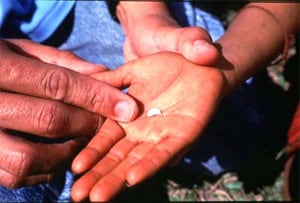
A physician giving ivermectin tablets to those infected with onchocercal parasites. Credit: WHO/TDR/Mark Edwards
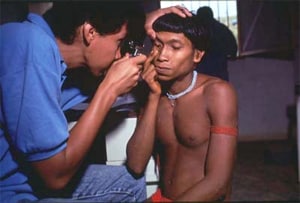
A physician exams the eyes of a male Yanomami indian. The indians attend the clinic for diagnosis and treatment of onchocerciasis and malaria. Credit: WHO/TDR/Mark Edwards
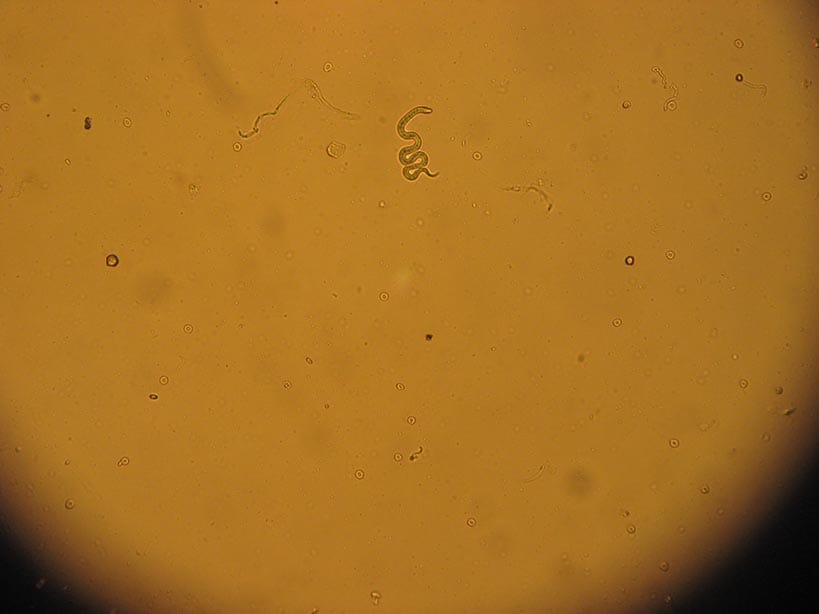






















.png)











No hay comentarios:
Publicar un comentario